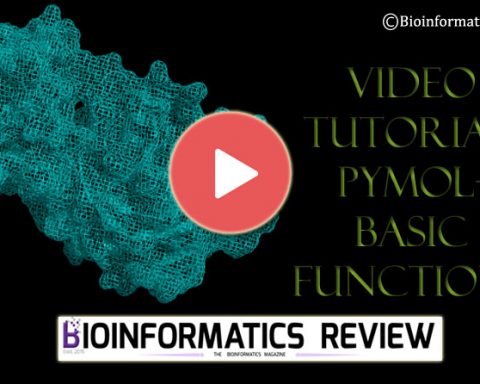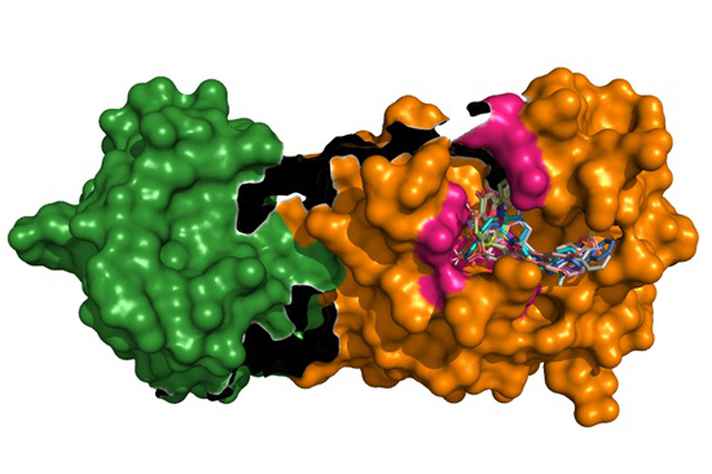

However, the ray tracing disappears if the view is changed in any way. This can take time, depending on the size of the image and speed of the computer, but the images created after ray tracing are usually spectacular. Tip: Using the ray command before saving an image will create a higher quality version with shadows, etc. An picture of the current view will be saved in PNG format. Once you've found the appropriate view, save an image using File, Save Image.Notice that round things are rounder, curves are curvier, and color shading is smoother. To change this, select Display, Quality, Maximum Quality. Because PyMOL was designed to run on older computers, the maximum quality is not enabled by default.For example, images for printing and presenting should be larger than images for a posting on a website.Images are saved exactly as they appear in the viewer, and the size of the viewer determines the size of the image. Change the size of the viewer and zoom in/out to make the image the right size.You've found the perfect view, and you'd like to Save it? The remainder of this guide is devoted to common tasks that come in handy. PyMOL is a powerful program, and everyone uses it for something different. Load, Fetch, Color, Show, Show_as, Cartoon, Lines, Rotate, Select, Center What else can this thing do?

A list of mouse buttons is below the object control panel.

To run any text command, type it in at a PyMOL> command line and hit. But, it's complex, and page upon page of PyMOL documentation cover these commands, so we're going to ignore them as much as possible.Īlthough this guide may include some text commands and links to more advanced documentation, they're purely optional and meant to be informative. Combined with scripting, it is a powerful option for automating tasks and making intricate sets of changes. The PyMOL command line is a great tool that lets the experienced user change all sorts of options that simply don't appear in the point-and-click graphical interface. There is also another command line at the bottom of the Viewer ( PyMOL>).

The lower-right corner of the Viewer contains a guide to using the mouse, as well as a powerful selection tool.


 0 kommentar(er)
0 kommentar(er)
